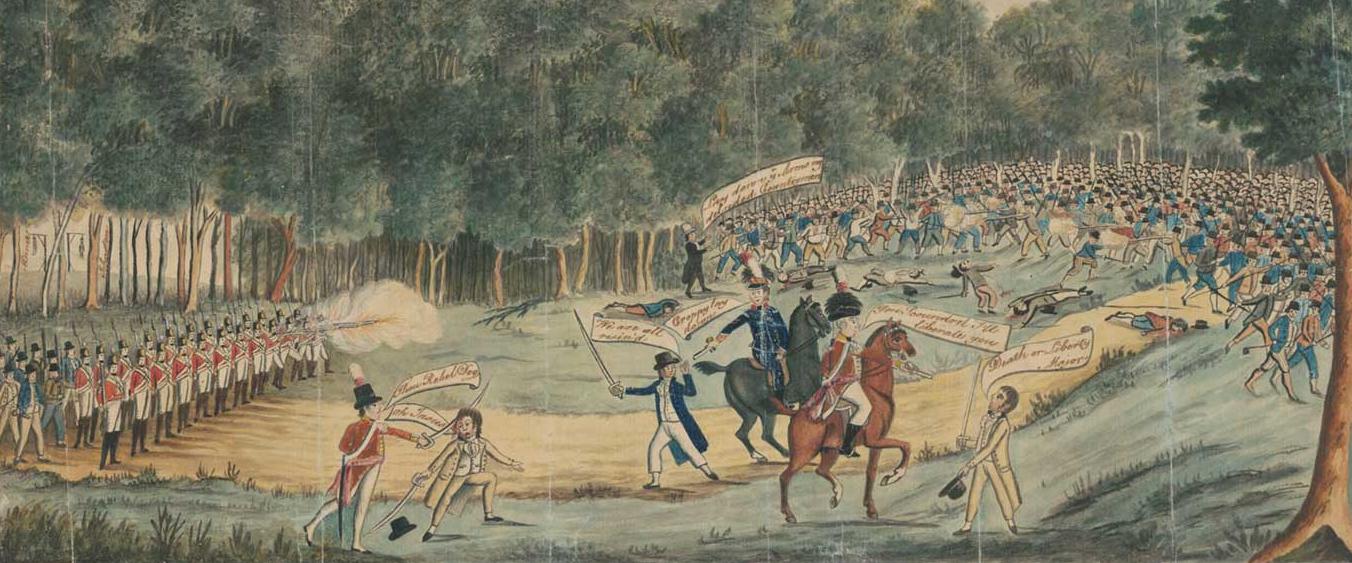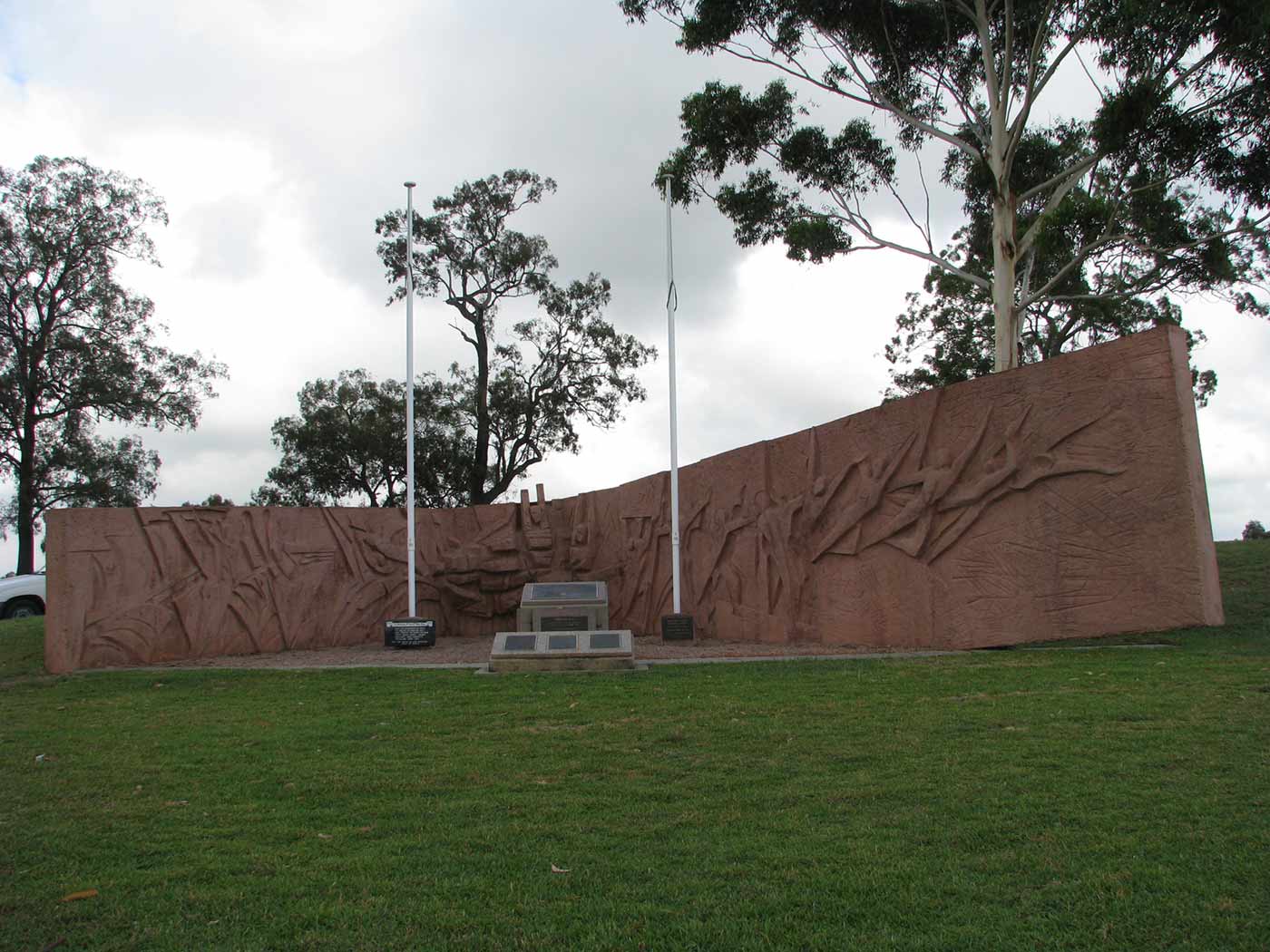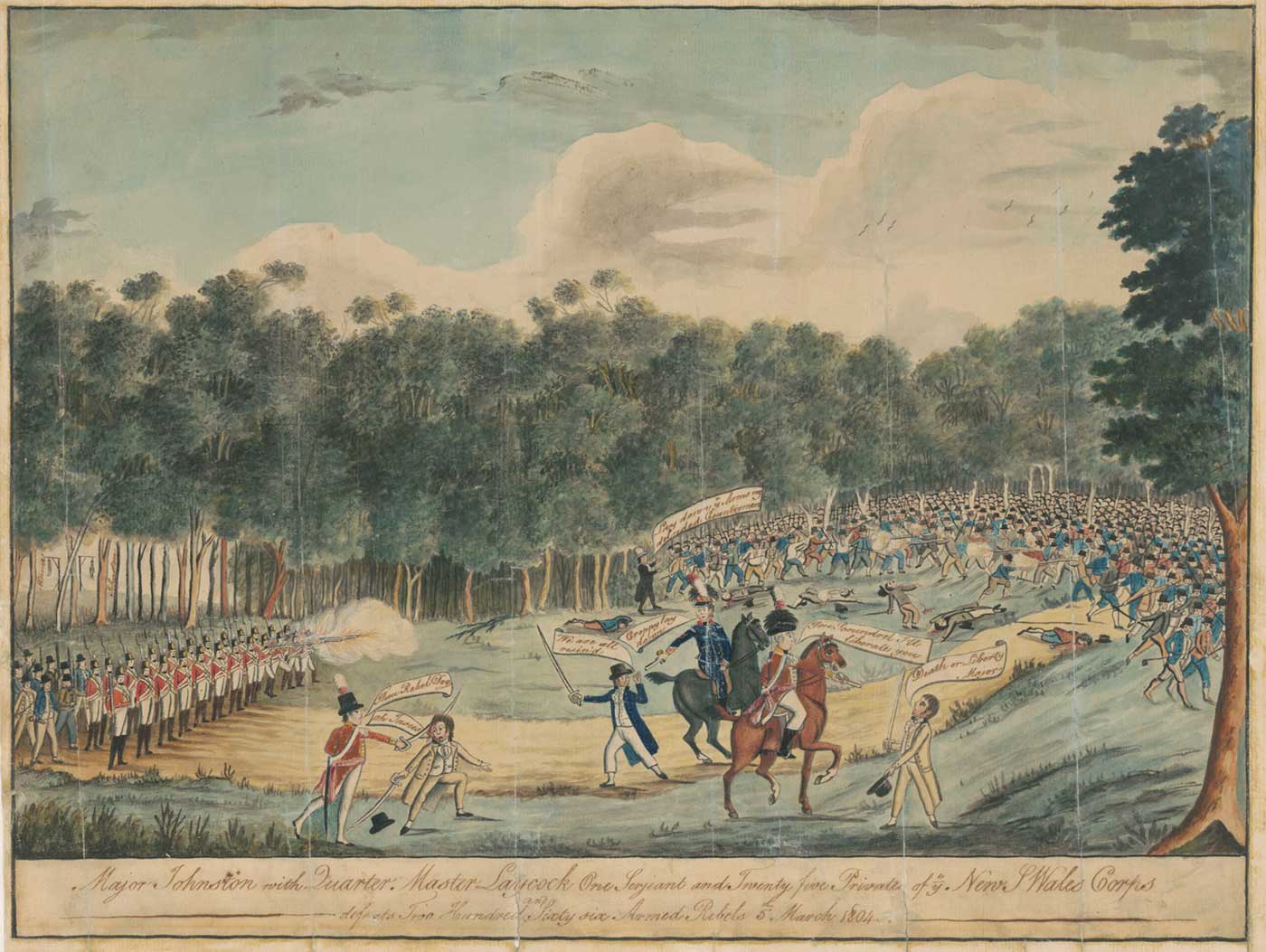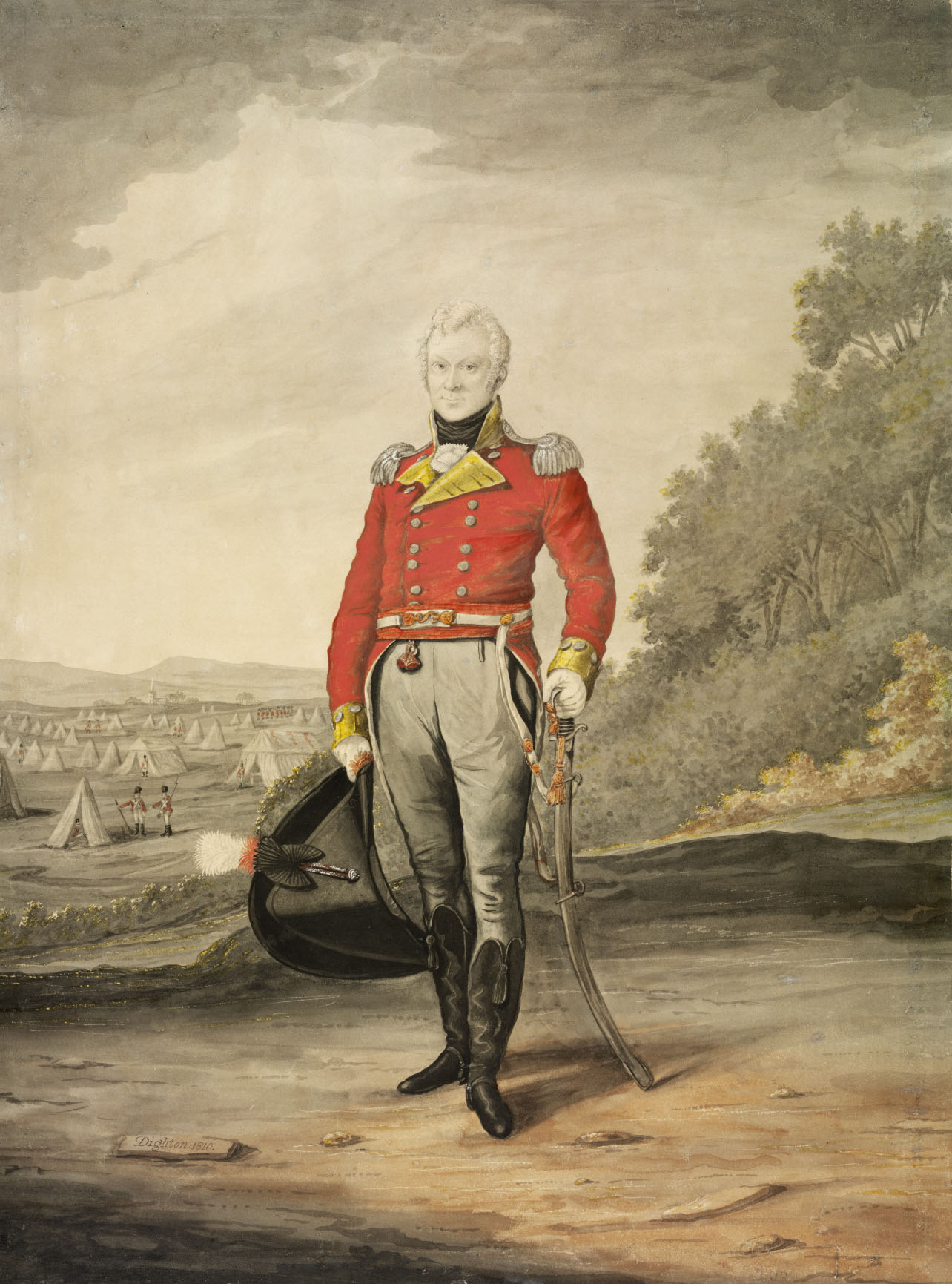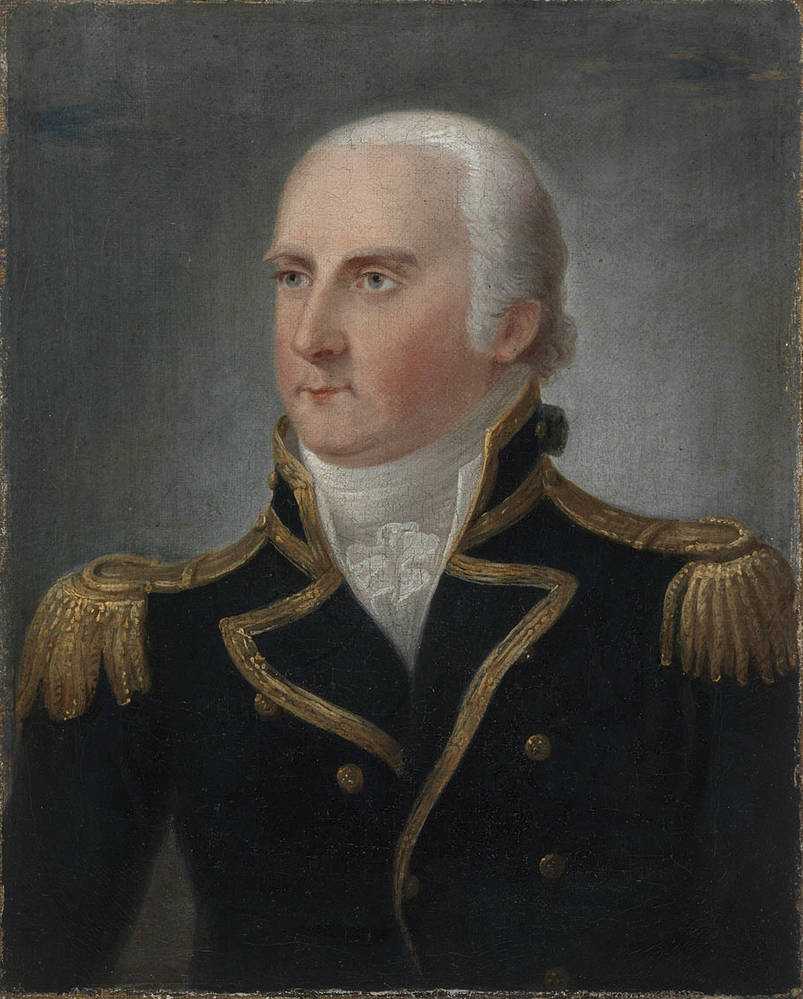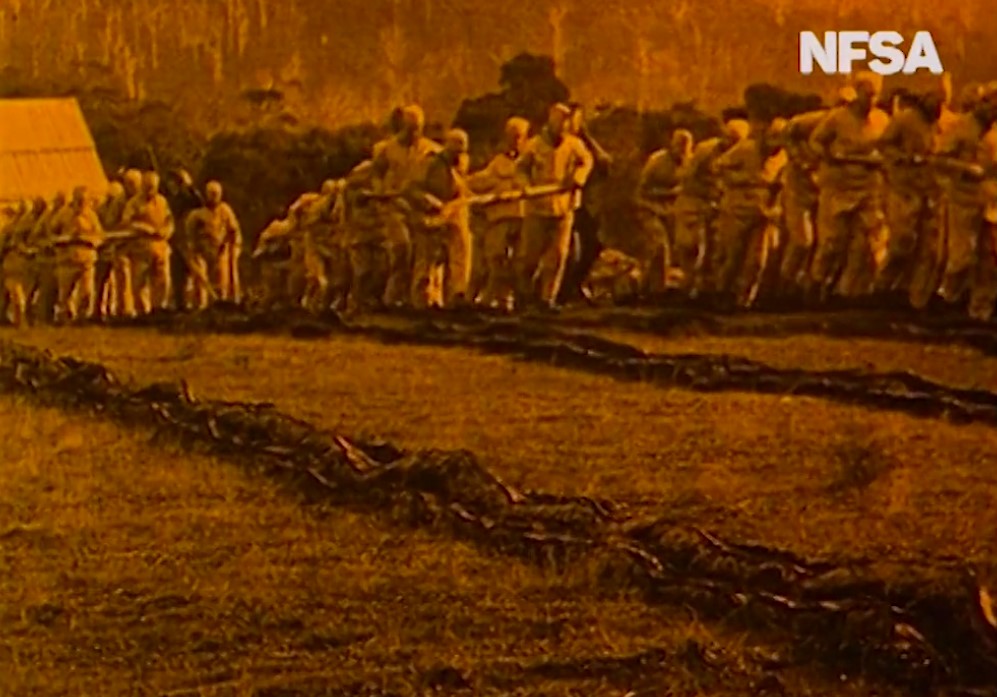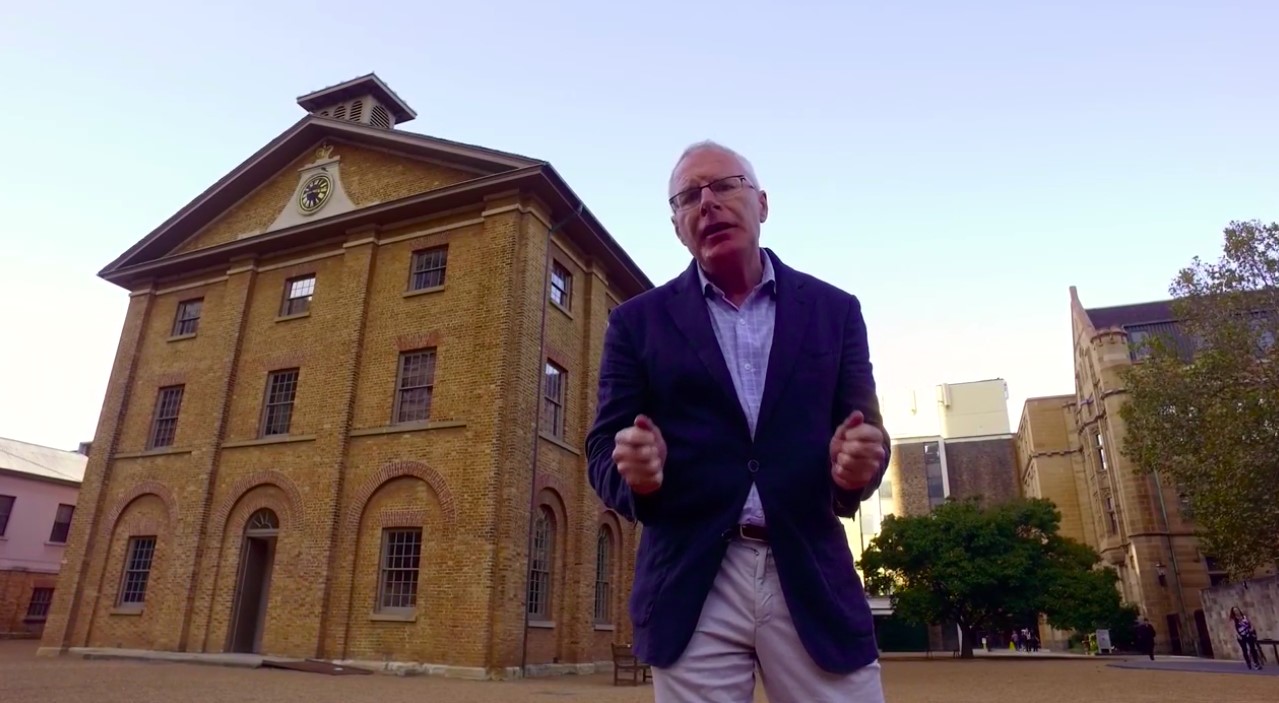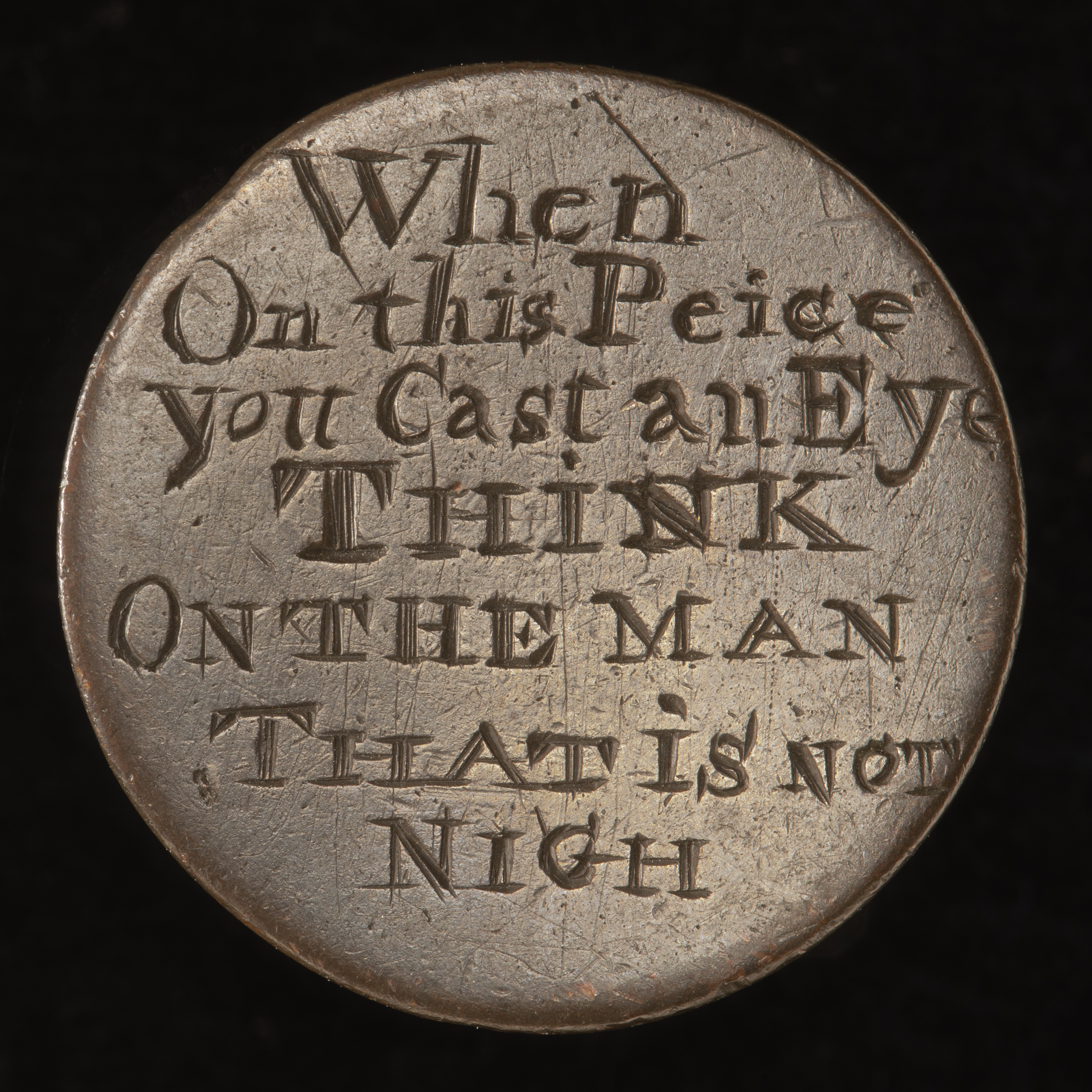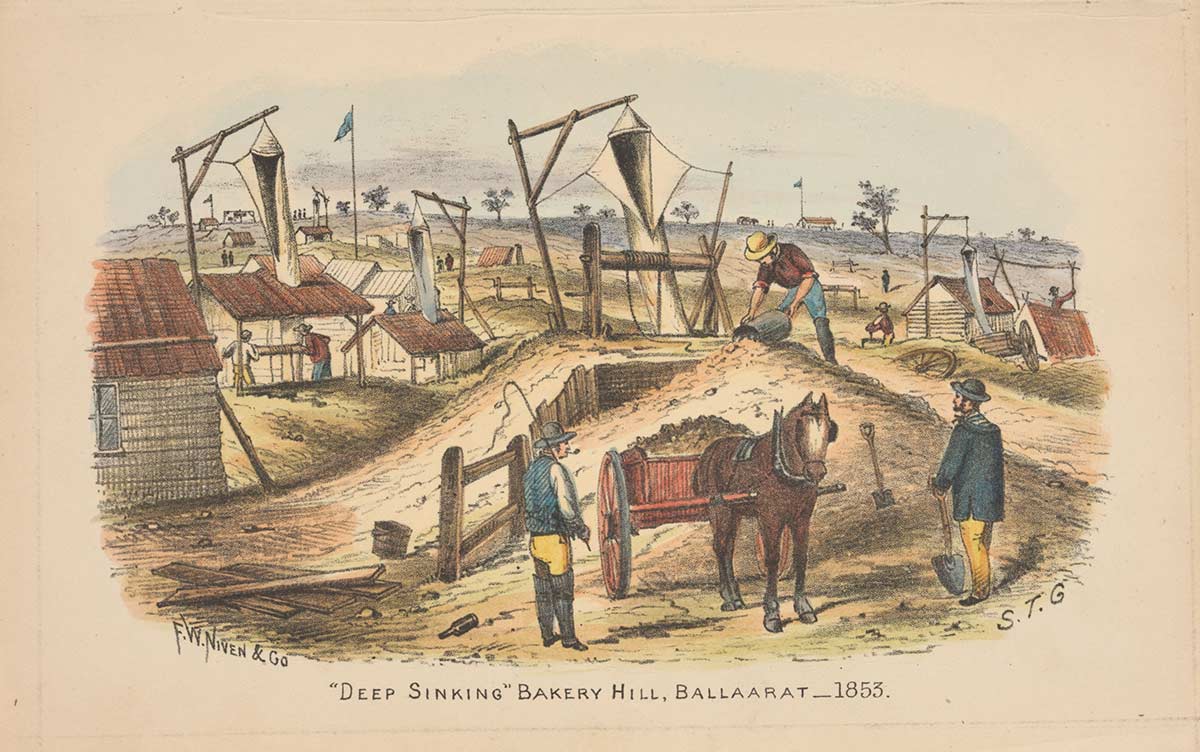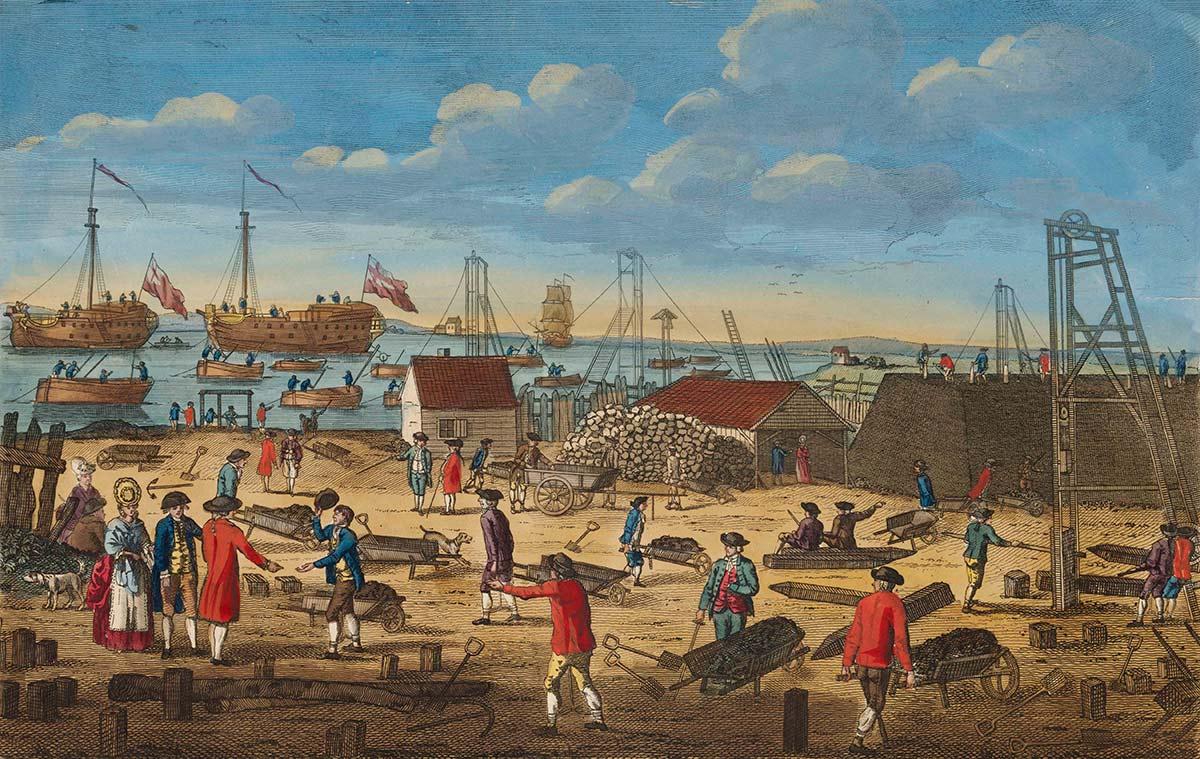Death or liberty
1804: Convict uprising put down by New South Wales Corps
Death or liberty
1804: Convict uprising put down by New South Wales Corps
In a snapshot
The Castle Hill Rebellion of 1804 was Australia’s first uprising. A group of Irish convicts tried to overthrow British rule in New South Wales, and return to Ireland to keep fighting for an Irish republic. The convict rebels were defeated and at least 39 convicts were killed. Despite this, it helped to inspire the Eureka Stockade, another famous Australian uprising that happened 50 years later.
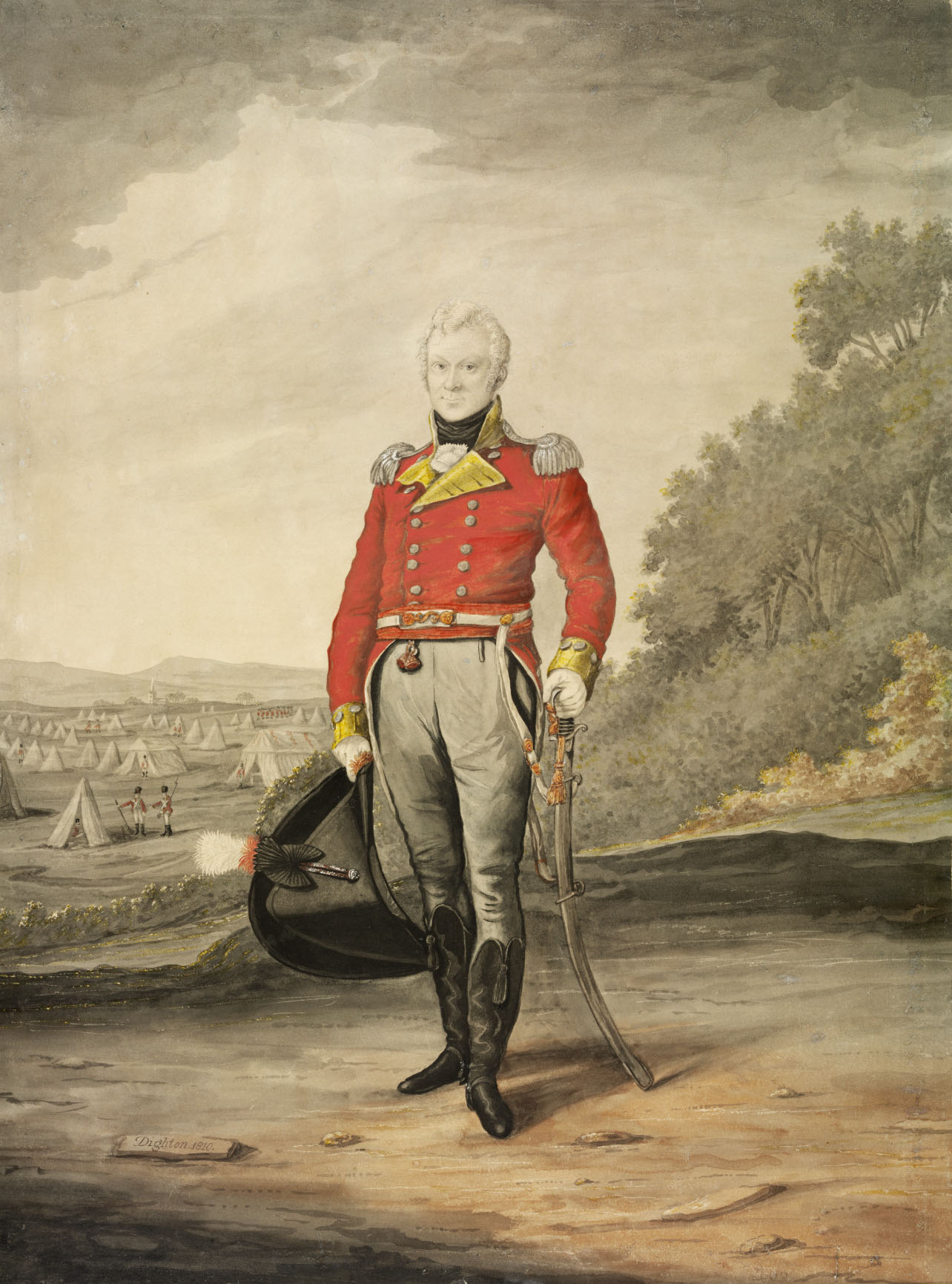
 Can you find out?
Can you find out?
1. Which country did most of the Castle Hill rebels come from?
2. What did the rebels plan to do if their uprising succeeded?
3. What happened to the rebellion leaders, Philip Cunningham and William Johnston, after the rebellion was defeated?
Why were political prisoners transported to Australia?
Most convicts who were transported to the Australian colonies were convicted criminals, such as thieves. Britain also transported some political prisoners who hadn’t been convicted of a crime, but were thought to be a threat to British security.
In 1798 there was a rebellion against British rule in Ireland. One of the major battles of the Irish rebellion was the Battle of Vinegar Hill in a county called Wexford. The Vinegar Hill rebels were defeated by British forces, and many Irish men and women were sentenced to transportation for their role in the uprising.
In New South Wales the transported rebels still wanted to fight British rule. They wanted to return home and keep fighting for the Irish cause. Between 1800 and 1804 Irish convicts planned many small protests and uprisings in the Sydney region, but these were all stopped before they began.
What happened during the Castle Hill Rebellion?
The Castle Hill Rebellion, sometimes called Australia’s Vinegar Hill, began on 4 March 1804. The rebel leaders were Philip Cunningham and William Johnston, who had taken part in the 1798 rebellion in Ireland. Their goal was to take over Parramatta and Port Jackson, set up Irish rule, and take convicts back to Ireland. Their slogan was ‘Death or Liberty’, which had been the slogan during the 1798 Irish rebellion.
Research task
About what percentage of convicts transported to Australia were Irish? Do some research to find out.
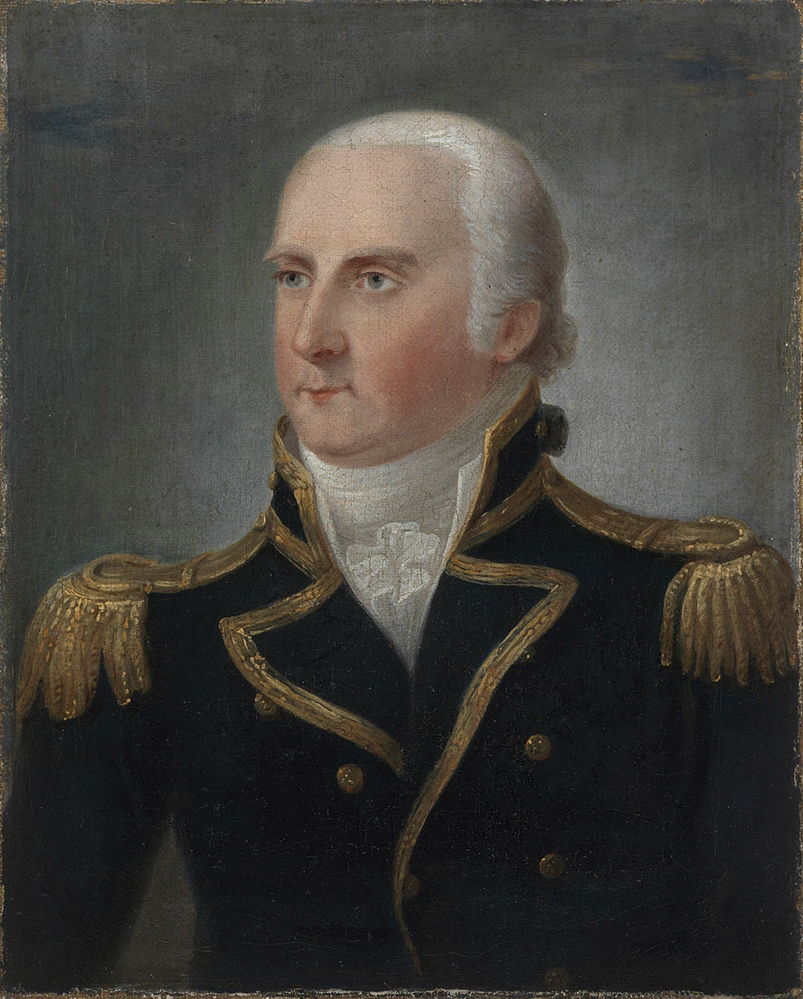
On the evening of 4 March the rebels set fire to a hut at Castle Hill to signal to other convicts that the uprising had begun. About 300 convicts then overpowered the guards at the Castle Hill Government Farm and took supplies and weapons. Some of the rebels then left to steal more weapons from nearby farmhouses. Many of these rebels got lost during the night and didn’t rejoin the main group.
Next, Cunningham began to lead the rebels toward the Hawkesbury region, where he planned to meet and combine with more convicts to create a stronger force to attack Parramatta. But the messenger who was supposed to tell convicts in the Hawkesbury about the plan surrendered to authorities.
By late in the evening the New South Wales Government had found out about the rebellion. Major George Johnston of the New South Wales Corps organised troops and volunteers from the Sydney settlement to follow the convicts. They marched through the night and by the morning they were less than a few kilometres away from the rebels.
How did the rebellion end?
Major Johnston arranged to meet with the rebel leaders, Cunningham and Johnston. All agreed that they wouldn’t bring weapons to the meeting. Major Johnston tried to convince the rebels to surrender, but Cunningham and Johnston responded by saying ‘death or liberty, and a ship to take us home’.
Major Johnston then surprised the rebels. He and one of his men took out hidden guns and captured Cunningham and Johnston. Then he ordered his troops to fire on the other convict rebels: 15 were killed and the others ran into the bush. The government troops chased some of the rebels. At least 15 more convicts were killed but most surrendered.
Research task
Write a short report about an Irish convict transported to Australia. Which town or city did they come from? Why were they transported? What happened to them in Australia? You can start your research at the Australian Dictionary of Biography.
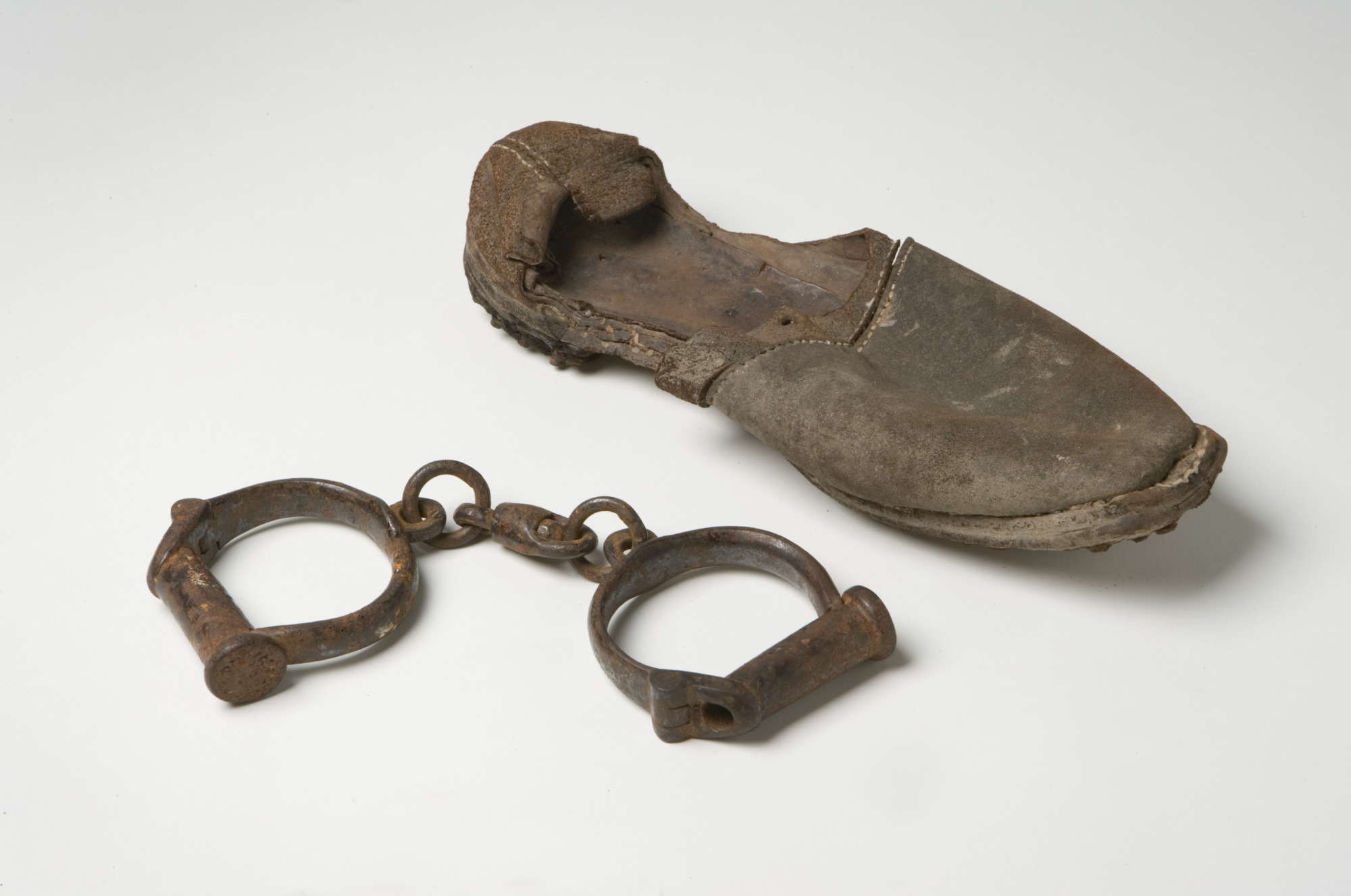
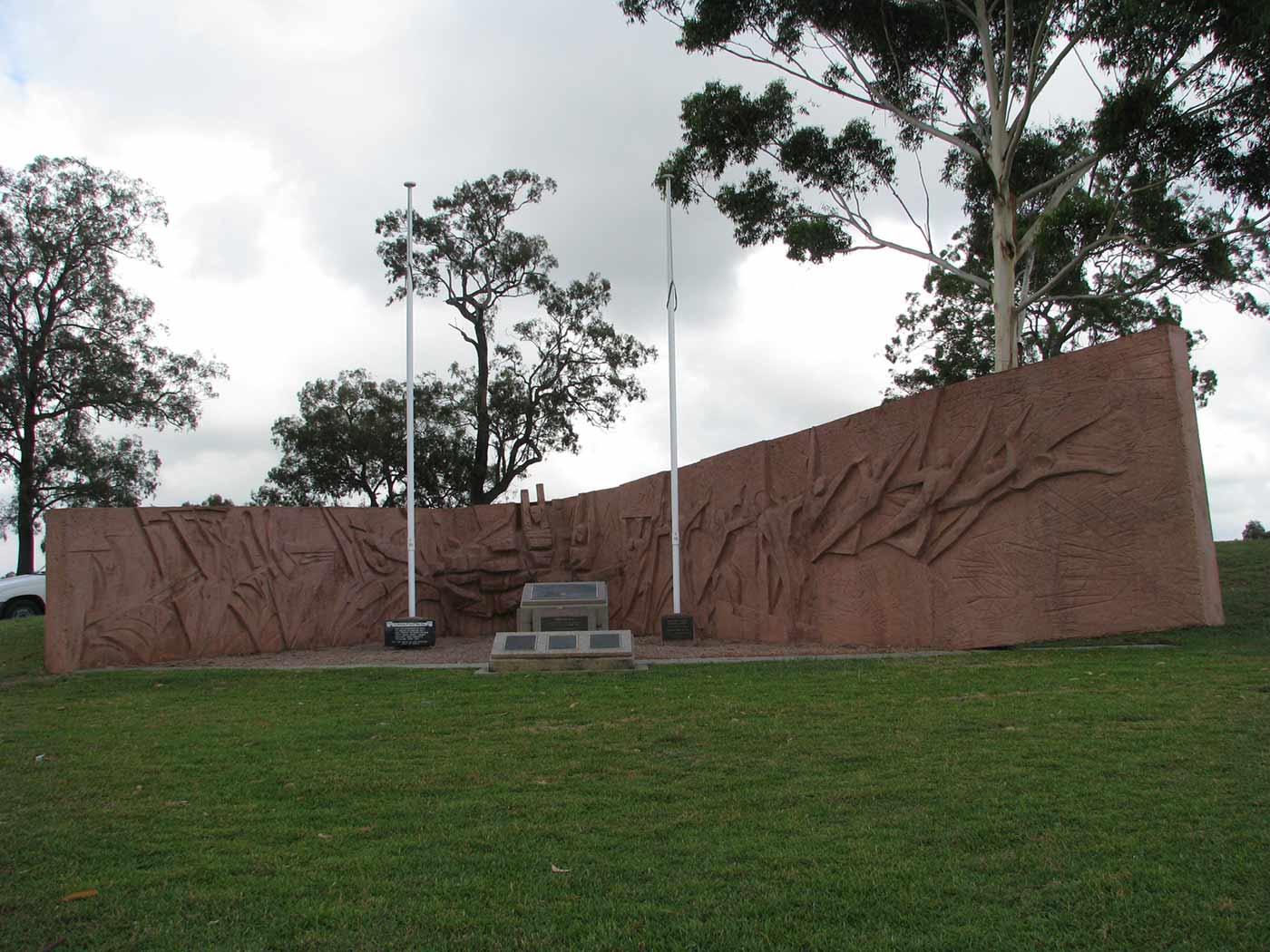
What happened after the rebellion?
After the rebellion Cunningham, Johnston and seven other rebels were hanged without trial. Altogether about 39 convicts died during, or as a result of, the uprising.
Although the Castle Hill Rebellion didn’t succeed, it did inspire the Eureka Stockade, another famous Australian uprising that happened 50 years later.
Read a longer version of this Defining Moment on the National Museum of Australia’s website.
 What did you learn?
What did you learn?
1. Which country did most of the Castle Hill rebels come from?
2. What did the rebels plan to do if their uprising succeeded?
3. What happened to the rebellion leaders, Philip Cunningham and William Johnston, after the rebellion was defeated?






